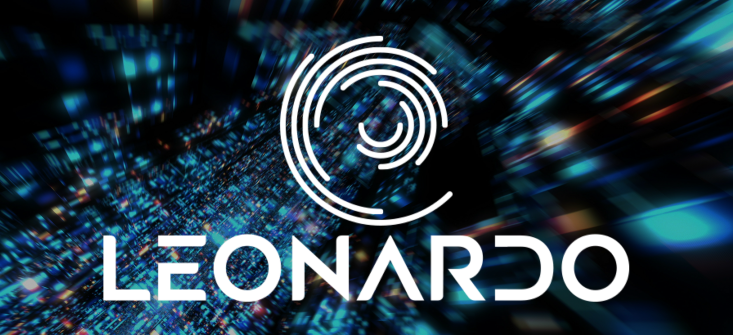Supercomputers, with their super-computing power, are predestined for artificial intelligence, especially in deep learning, where ever-deeper neural networks require more and more computing power for pattern recognition and machine learning. They are primarily intended for research and development. In productive systems, usually local solutions are preferred (“edge computing”). Compared to supercomputers, Industrial PCs have one more advantage that might surprise you. That is where this article leads at the end.

Italy is strongly committed to catch up with the leading nations Japan, USA and China in supercomputers (see table). In Bologna, the Leonardo supercomputer – for the first time with a special focus on AI applications – will enter the global race for the most powerful computing giants in 2022/2023.
In 2020, the French IT service provider ATOS SE was awarded the contract to develop and build Leonardo and is now developing a new computer architecture for AI applications in which each of Leonardo's approximately 3500 Intel CPUs is "boosted" by four Nvidia A100 graphics cores each.
Graphics cores (GPU: Graphical processing unit) were (and are) intended to relieve the CPU: the computationally intensive production of monitor images is outsourced from the CPU to a GPU. The reason for the development of GPU was the desire of the gaming industry for more real-looking game worlds – including shadows. But virtual shadows claim computing time. This caused customary PCs to stutter.
So, GPU solved the stutter problem of CPU graphics. Then, around 2008, it was found that GPUs could not only produce beautiful images very fast, but could be used for general computing problems: “General-purpose computing on graphics processing units” (GPGPU) was born. Whatsoever, GPGPU requires algorithms, that can be rewritten in sequences of simple, standardized steps, e.g., matrix calculations.
Leonardo's “Atos Sequana” cores will use exactly this capability of the A100 graphics cores for accelerated matrix calculation. The goal is to bring Leonardo to an incredible 10 ExaFLOPS for AI applications (floating point operations per second): that's 10,000 PetaFLOPS!
Apart from AI applications, Leonardo should still manage 250 PetaFLOPS: that would be second place on today's world rankings. Supercomputers require massive financial and human resources – and vast power input. The connection load for Leonardo is assumed to be 9 megawatts: comparable to a small town!
If we relate computing power to electrical power requirements, and compare supercomputers “power ratios” to those of Industrial PCs, then supercomputers are “snookered”. The table below reveals: the Nuvo-8208GC Industrial PC, equipped with two Nvidia RTX 30 graphics cards for AI applications with a power ratio of 56 GigaFLOPS/watt, is significantly more efficient than all of today's supercomputers.
Get the Neousys Nuvo-8208GC series at Omtec.
| Name | Place | Computing power [PetaFLOPS] | Power input [MW] | Power ratio [GFLOPS/Watt] | |
|---|---|---|---|---|---|
| 1 | Fugaku | Kobe, Japan | 415.5 | 28.3 | 14.7 |
| 2 | Summit | Oak Ridge, USA | 148.6 | 10.1 | 15.7 |
| 3 | Sierra | Livermore, USA | 125.0 | 9.8 | 12.7 |
| 4 | Sunway TaiHuLight | Wuxi, China | 93.0 | 15.4 | 6.0 |
| 5 | Tianhe-2A | Guangzhou, China | 61.4 | 24.9 | 1.4 |
| 6 | HPC 5 | Ferrera Erbognone, Italien | 51.7 | 2.3 | 22.5 |
| 7 | Selene | Santa Clara, USA | 27.6 | 1.3 | 21.2 |
| 8 | Hawk | Stuttgart, Deutschland | 26.0 | 4.1 | 6.3 |
| 9 | Frontera | Austin, USA | 23.5 | 6.0 | 3.9 |
| 10 | Marconi-100 | Bologna, Italien | 21.6 | 1.5 | 14.4 |
| Nuvo-8208GC | Wherever you want | 28 TeraFLOPS | 500 watts | 56.0 |
Source: https://www.ingenieur.de/technik/fachbereiche/rekorde/die-schnellsten-supercomputer-der-welt/ (German), last accessed on 25.02.2021.
